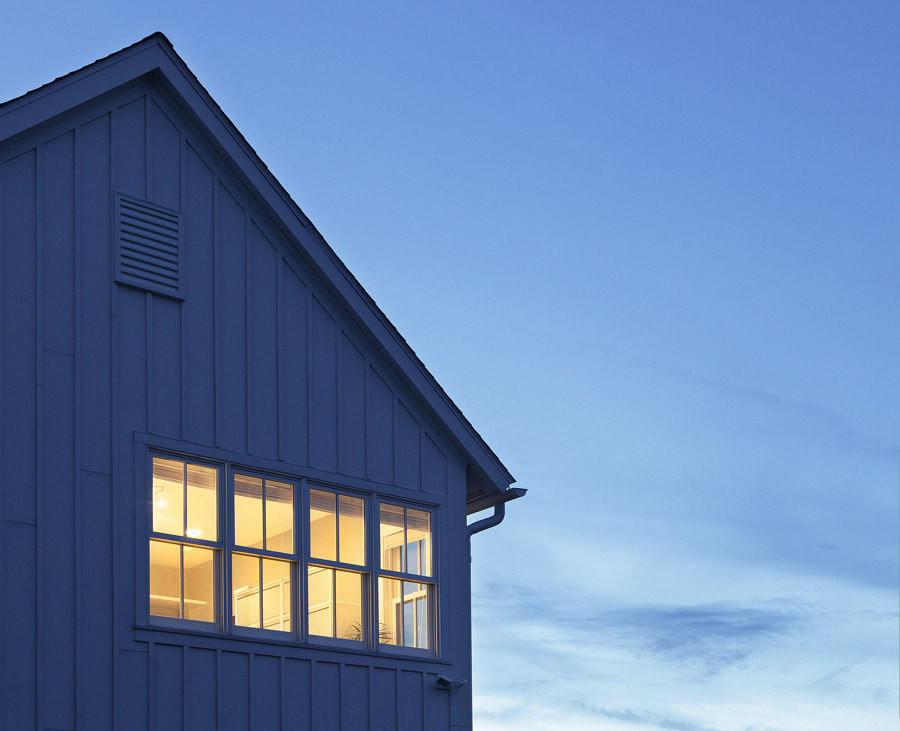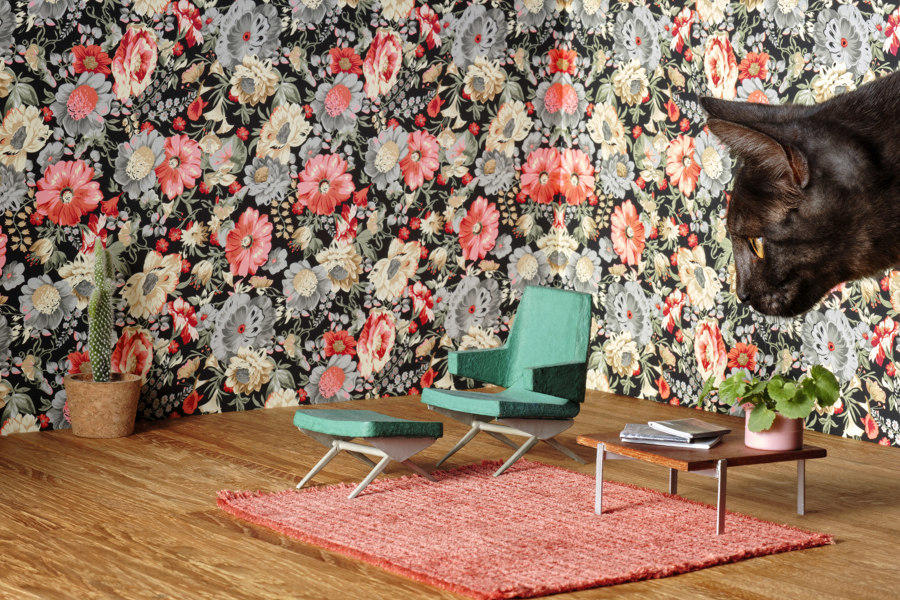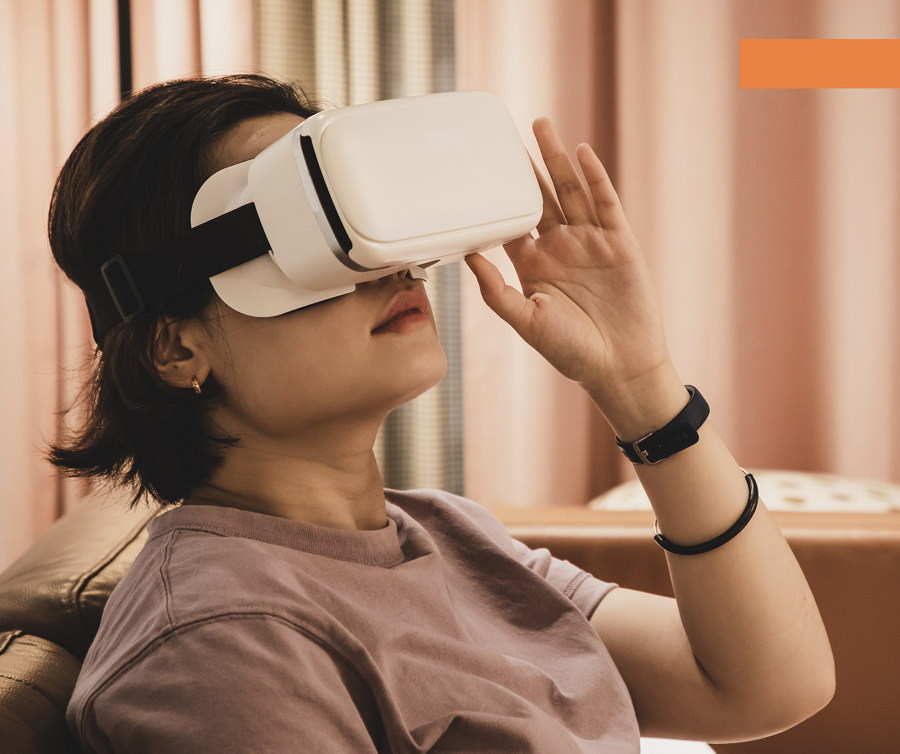FURNITURE DESIGN WEEK: 'The home will continue to be a major hub in the post-pandemic future.' WGSN forecasting expert Lisa White sets her sights on 2030.
Que sera sera. Whatever will be will be. Well, yes. And no. Trend-forecasting, the idea of companies and organisations being offered a purchase on the future and, in doing so, being helped to navigate and even shape it, is increasingly big business and there's no bigger industry player than WGSN.
What will the home look like in ten years' time? Programmatically, functionally, aesthetically? And what role will furniture play here? Architonic spoke with WGSN Director of Lifestyle & Interiors for her take.
How do you see the home evolving programmatically over the next decade? What roles will it perform for its inhabitants/users?
The home will continue to be a major hub in the post-pandemic future. Now that we are living, working, playing, learning and exercising from home, lifestyle and interiors have become an entire ecosystem, connecting the behaviours that shape people's interactions with products and services in areas such as technology, decor, fashion, food and beauty.
Since the pandemic and lockdowns, the home needs to be both flexible and supportive, allowing people to conduct all of their activities, yet the home also needs to be private and comforting, allowing them to feel safe and secure. Some of the areas where we see future developments are:
The Flexible Home: Often a multi-generational one and seeing a smaller footprint than before, so it needs to be multi-functional in both spaces and products. In furniture, we see an increased need for modular furniture, like sofas that can be easily reconfigured to suit different activities. We see desks that fold out of walls, laptop support that can also function as a coffee table, chairs that will need to be supportive for work but fit into the home decor, and especially storage and organisation so that all of the equipment for learning, cooking, working, exercising, gaming, etc. can be accessed easily.
The Smart Home: is smartly connected with the outside world and smartly connected with its inhabitants and resources on the inside one. Smart furniture will be important here, like immersive gaming chairs, or systems that can transform the furniture in the room from sleep to work to play at the touch of a switch. It is important to note that smart and tech-driven does not mean cold and slick – the ‘digital cosy’ aesthetic that includes soft fabrics and tactile surfaces is on the rise.
The Sustainable Home: is about saving resources and having significantly less impact on the environment. This works with the Smart Home, but it also works off-grid as well. Sustainability concerns will soon hit mass, and consumers will be critically aware of the materials used in their lifestyle environments. We will see a return to natural materials like antibacterial brass, renewable cork or reusable timber, which is also carbon negative; to new recycled materials, like bright terrazzos from visibly recycled matter.
The Private Home: Importantly here, we are seeing the end of the loft and the rise of the room, as well as dedicated spaces for working, relaxing and keeping kids occupied elsewhere. We see ‘cloffices’, with closets made into pop-out offices, and bedrooms and bathrooms with doors that firmly shut – even if that means sharing a ‘Duchampian door’ in small spaces. In open spaces, room dividers and furniture such as screens or bookshelves or plant stands will provide a semblance of privacy.
With home as both refuge and safe space to express oneself (think Tik Tokking from the bedroom), privacy will also be a call to creativity. A future luxury will be a room for hobbies, whether that is a gym, a craft nook or a gaming room.
Consumers have displayed a great deal of ingenuity in adapting their current interiors to fit these new needs. However, in the future, they will expect design professionals to create spaces and places that correspond to these lifestyles.
What role will furniture play within this evolution? Where do you see new furniture typologies emerging, old ones disappearing? Or hybrids coming into being?
Consumers want design-led pieces that work harmoniously with their existing interiors, as well as ergonomic designs for optimum comfort. Furniture pieces, well-designed for the long-term, will be seen as ‘future heirlooms’.
We will see consumers investing in products that help transform the home into a blissful, meditative sanctuary after its daytime duties of workspace, classroom and gym have been carried out. Furniture will increasingly have the task of replicating luxurious spaces such as hotel-inspired comforts, while markets moving into colder weather should invest in solutions that enable outdoor living to extend into the winter months.
Consumers not only desire design-led pieces they are also becoming more conscious to waste and want pieces that will stand the test of time, or that can be used in multiple ways.
Do you see furniture being deployed differently by design professionals (architects, interior designers, planners) in relation to their projects – residential and beyond? Which factors might inform their specification decision-making more in the future?
Brands should introduce modular, multi-functional and adaptable solutions – from appliance systems to housing to furniture – to stay flexible. From a sustainability perspective, brands will have advanced to be regenerative in their approach: aiming to improve society and the environment, rather than to only neutralise their impact. Interiors products that exist only digitally could be as important a revenue stream as physical products by 2030. Homewares that can be rented or purchased by subscription further add to a mindset of living more lightly and more sustainably. With major brands including Muji, John Lewis and West Elm all starting to explore rental, the sharing economy in general and the market for non-owned furniture and accessories, in particular, are set to grow in the coming years.
And do you think the user, at home, will have a different relationship with furniture? For example, will there be less consumption of it and more adaptation? More of an integration of technology? More haptic value?
Objects that we do buy will need to last longer, offer greater value, and be environmentally respectful by default, as climate breakdown unfolds around us. They will also need to delight – and offer beauty – in order to gain a place in our homes. Smart-home tech products will increasingly reassure consumers and make them feel safe within their home spaces, indoor and outdoor, via real-time updates that sync with their needs and emotions.
© Architonic











